Our names are Ryan Blaich and Natt McDonough, and we served as Watershed Stewards Program (WSP) Corps Members under the San Luis Obispo Steelhead Initiative from September 2020 through August 2021. The Watershed Stewards Program is a special program offered through a partnership between the California Conservation Corps and AmeriCorps. WSP Corps Members, like us, work to enhance the health of local watersheds throughout California for the conservation and preservation of anadromous fish species, like steelhead trout and salmon.
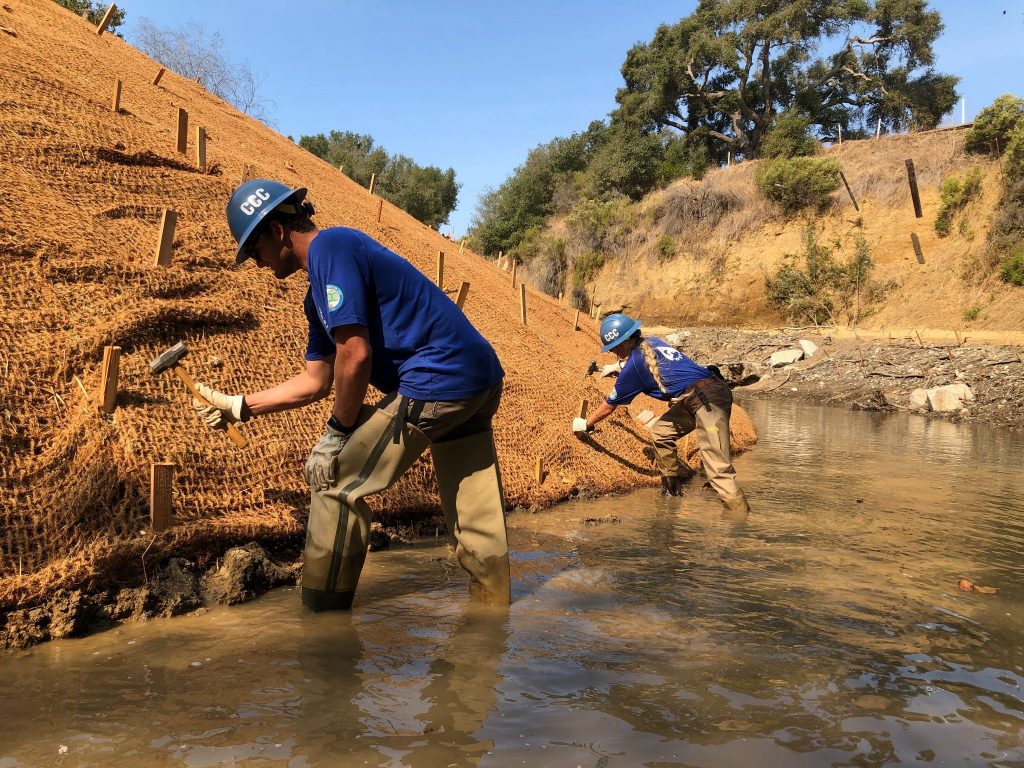
Life cycle of anadromous fish
Anadromous fish are those that hatch and spend their juvenile years in freshwater streams and rivers. Then, when they are strong enough, they swim out to the ocean. There, they feed and continue to grow. When they are ready to reproduce, they then return to the creek or river in which they were born to spawn and create offspring of their own.
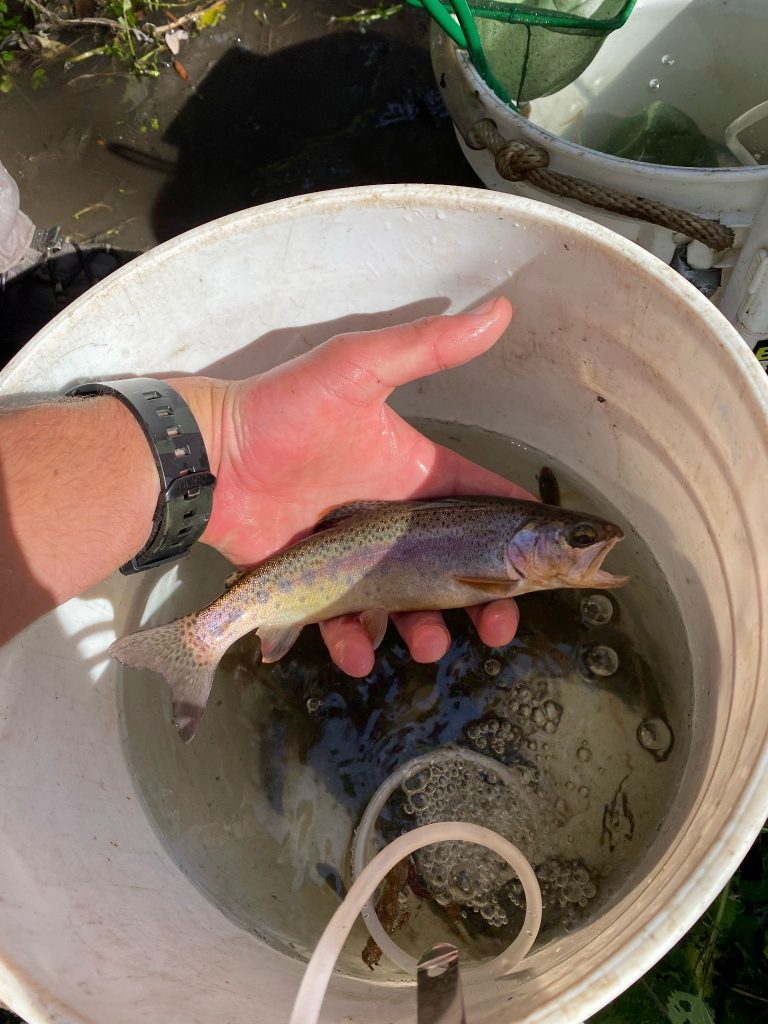
Watershed Stewards Program Sites and Mentors
Each year, new Watershed Stewards Program Corps Members come to work at sites up and down the state of California with agencies and organizations that are studying anadromous fish and helping them thrive. At these sites, Corps Members work with mentors to learn and practice watershed management and restoration skills.
The San Luis Obispo Steelhead Initiative
As we mentioned, we work with the San Luis Obispo Steelhead Initiative (SLO Steelhead Initiative), which is a special coalition between the City of San Luis Obispo (Mentor: Freddy Otte), Creek Lands Conservation (Mentor: Steph Wald), the Morro Bay National Estuary Program (Mentor: Makenzie O’Connor), the California Conservation Corps (Mentor: Meredith Hardy), and the California Department of Fish and Wildlife (Mentor: Don Baldwin). The SLO Steelhead Initiative formed so that these local organizations could pool resources together in an effort to manage and monitor populations of the federally threatened south-central coast California Steelhead in watersheds within San Luis Obispo County.
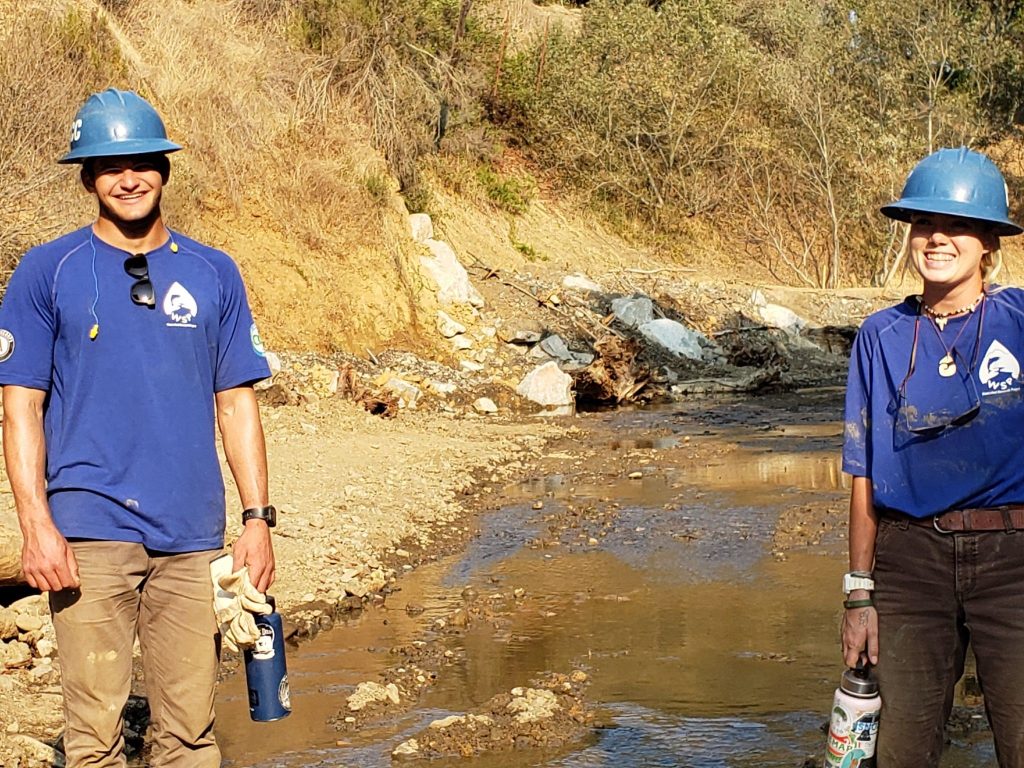
Meet the Corps Members
Ryan Blaich
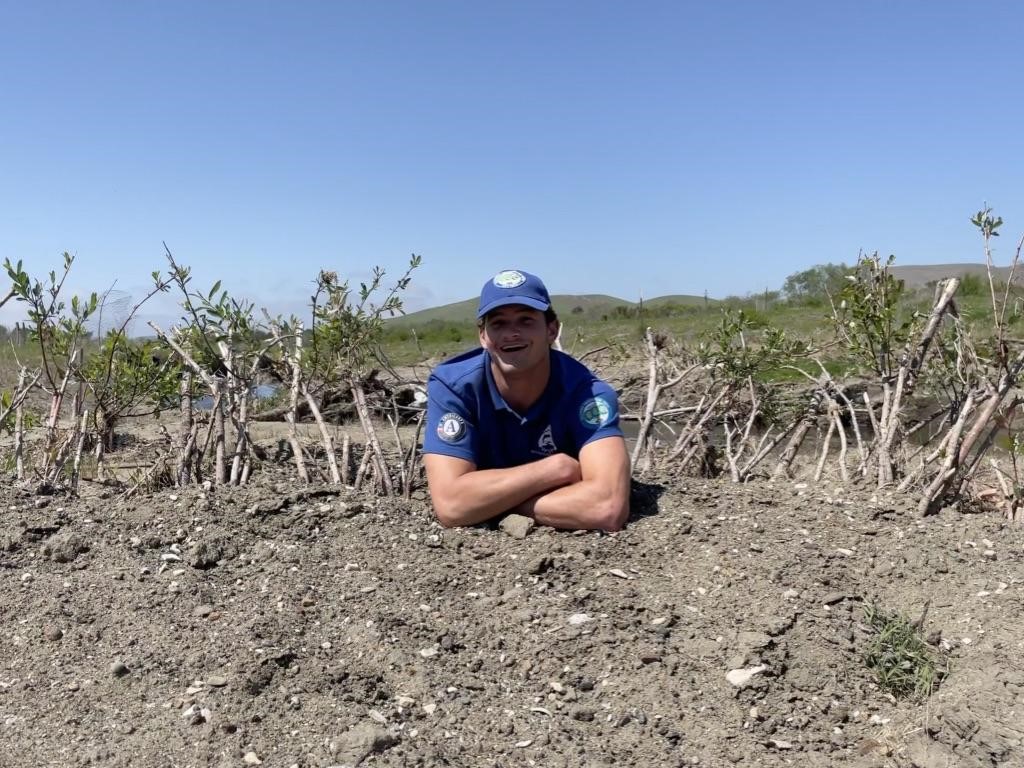
Growing up as the son of a fly fisherman and surfer in Southern California, I was taught to love the natural landscape and the animals that inhabit this beautiful place that we call Earth. As a youth, I felt a special kinship with steelhead trout because the places I loved the most were, and still are, the ocean and freshwater creeks and rivers. Doing this job has been a dream come true.
I would have to say my most memorable moment from my Watershed Stewards Program work has been seeing two adult steelhead in San Luis Obispo Creek while conducting a survey to look for redds. (A redd is a depression in the gravel at the bottom of the stream that a spawning female fish creates with her tail, so that she has a place to lay her eggs.) To me, these two adults exemplified the resilience this species shows in the face of climate change. Seeing them gave me hope that with more dedication to creek restoration projects that ensure improved water flow and quality, these beautiful fish will persist for years to come.
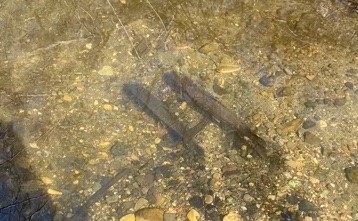
Another special part of the Watershed Stewards Program experience for me was being able to teach a local fourth grade class about the importance of watershed and ecosystem health, and hopefully inspiring some future local environmental stewards in the process. As I move into my future in the environmental field, I will carry with me the experiences and lessons that my Watershed Stewards Program Mentors have provided me with. I am forever grateful for this wonderful job and the people—and fish—it has introduced me to.
Natt McDonough
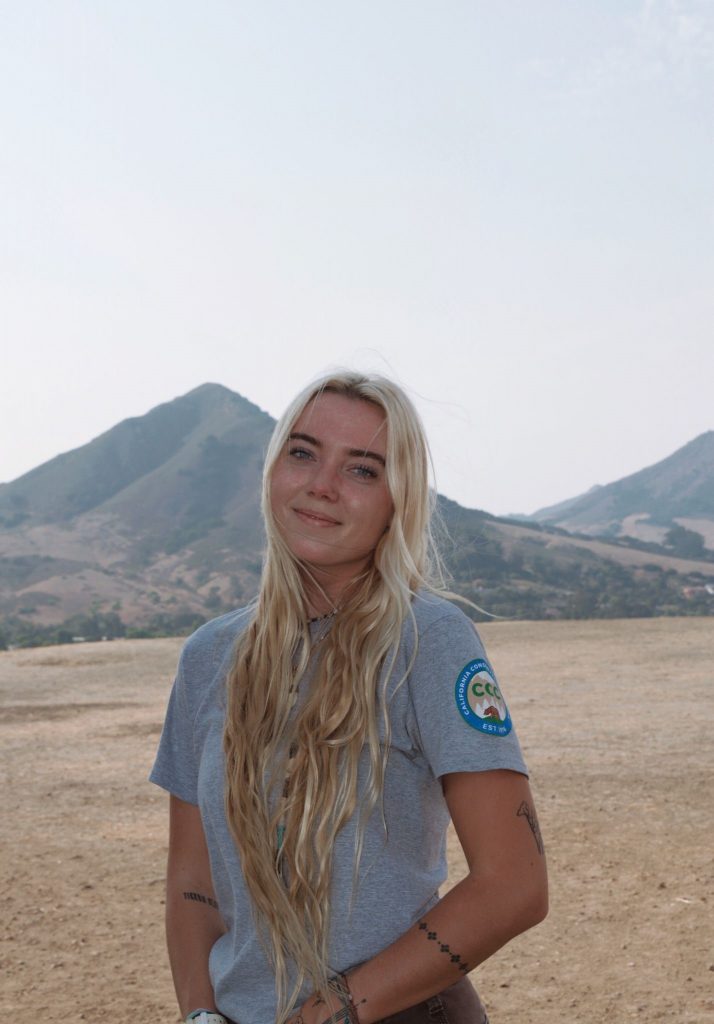
I have always believed that environmental protection and social justice go hand in hand, especially as pressures from humanity increasingly impact life on earth. My previous research focused on evaluating ecosystem dynamics and the cascading repercussions that occur as climate change affects individual species.
While growing up in Connecticut and the Pacific Islands, I had the privilege of regularly interacting with marine life. The time I have spent underwater has made me passionate about using my research results to apply environmental engineering solutions that allow for safe and sustainable coexistence between humans and wildlife. Throughout college, I worked on my campus’ farm where I learned about permaculture techniques, soil health, and the importance of addressing food insecurity. I also worked with a wildlife alliance in Cape Cod to collect and analyze biological data on local coastal species such as turtles, whales, sharks, corals, and sunfish. These opportunities led me to serve with Watershed Stewards Program at the San Luis Obispo Steelhead Initiative so that I could continue to do fieldwork focused on ecosystem protection and the restoration of native plant and animal species.
The highlight of my Watershed Stewards Program term has been finding two adult steelhead while conducting a snorkel survey in San Carpoforo Creek. Snorkel surveys are a method often used by scientists to gain a population estimate without causing too much disturbance or stress to the fish. They involve researchers moving upstream in a creek or river in synchronized lanes while counting the fish that pass below them and identifying their species. After we had finished our survey, we got to stay in the water for a bit and just observe these massive adult steelhead in their natural habitat. It was incredible to be able to see and feel firsthand how precious and important the fish were to their ecosystem.
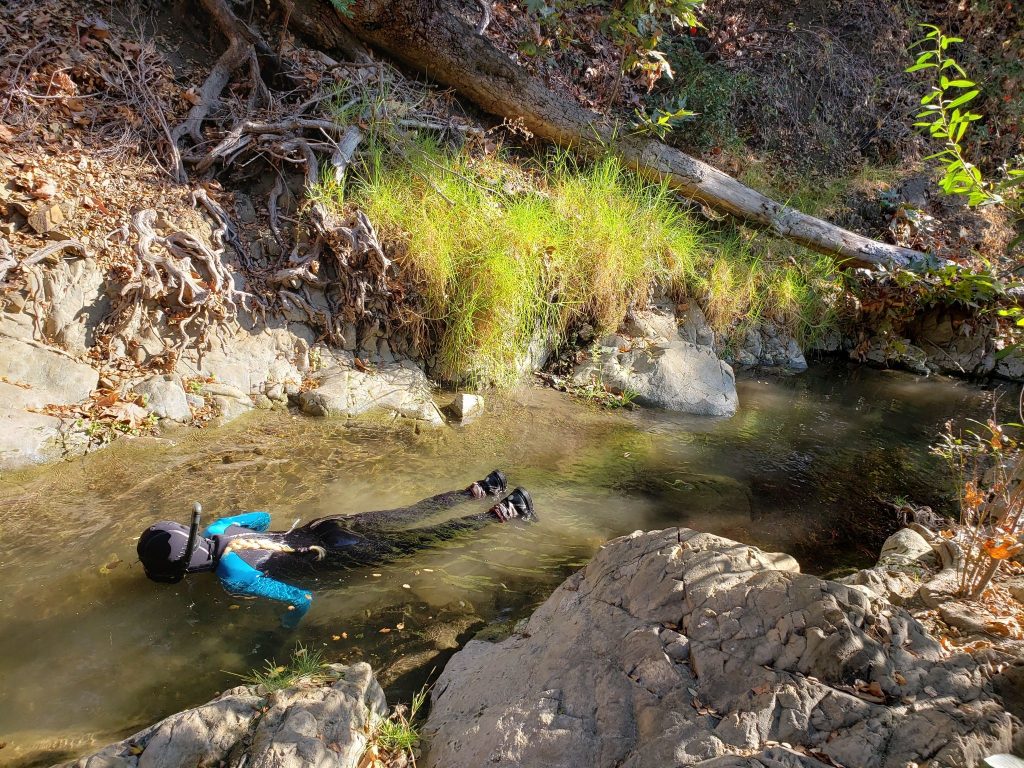
Although the Watershed Stewards Program has given me more scientific field experience than I can possibly fit into a blog post, I will always be most thankful for the people and environments that it led me to this experience. Coming from the East coast, I had a lot to learn about native California plants and animals, but I was incredibly fortunate to have a site partner and mentors with an abundance of intelligence, a deep love for their home ecosystems, and the willingness to share both with me. The Watershed Stewards Program has led me to be one of the lucky few that gets to come home every day thinking, “I have the best job ever!”
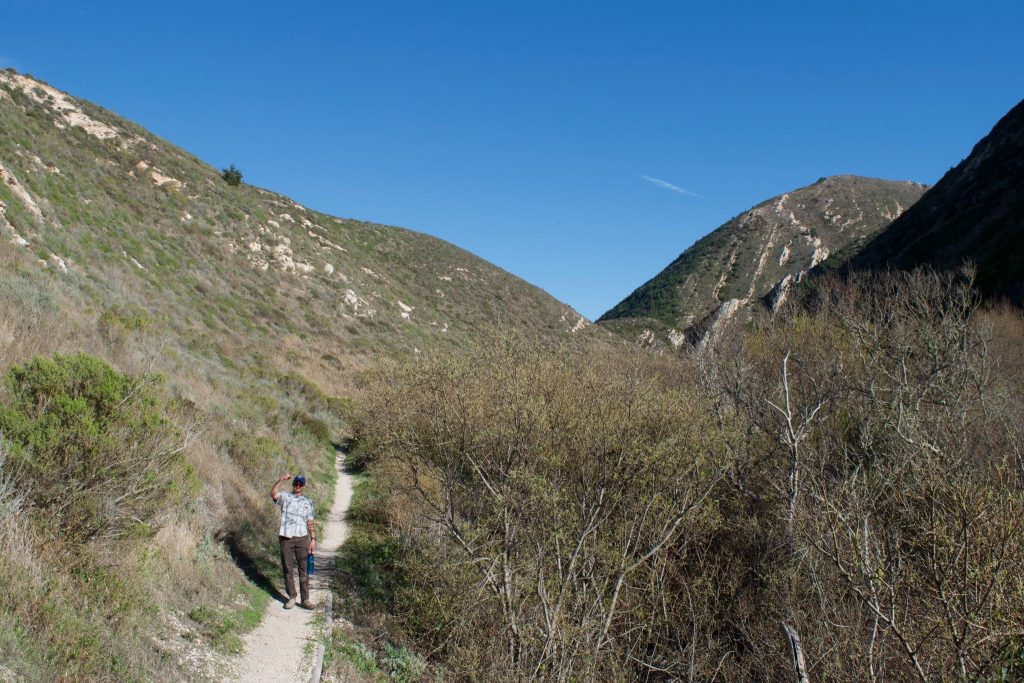
A note from the Estuary Program
Ryan and Natt’s term at the Watershed Stewards Program has come to an end, and we thank them for all they’ve done to benefit the Morro Bay watershed and wish them well in their future work for the environment.
To learn more or see how you could become a Corps Member, visit the Watershed Stewards Program website.
Subscribe to our blog
Get it delivered to your inbox by subscribing today.
Help protect and restore the Morro Bay estuary
- Donate to the Estuary Program and support our work in the field, the lab, and beyond.
The Estuary Program is a 501(c)3 nonprofit. We depend on funding from grants and generous donors to continue our work. - Purchase estuary-themed gear from ESTERO. This locally owned and operated company donates 20% of proceeds from its Estuary clothing line and 100% of Estuary decal proceeds to the Estuary Program. Shop online at esterosurf.com or at Joe’s Surfboard Shop in Morro Bay. Thank you, ESTERO!
- Purchase items from the the Estuary Program’s store on Zazzle. Zazzle prints and ships your items, and the Estuary Program receives 10% of the proceeds. Choose from mugs, hats, t-shirts, and even fanny packs (they’re back!) with our fun Estuary Octopus design or our Mutts for the Bay logo.